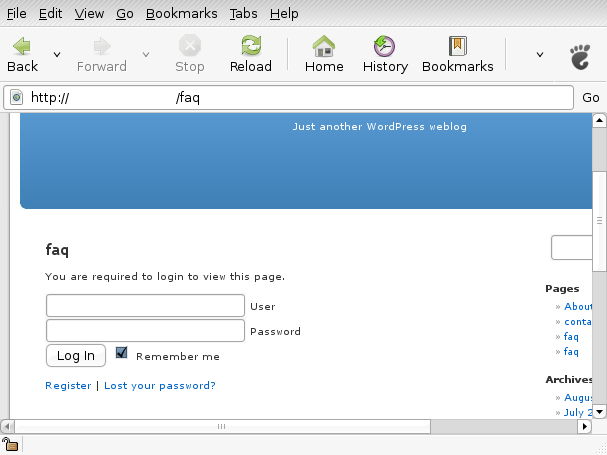Page Restrict: Breakdown

At its most basic level, the 'Page Restrict' plugin enables website owners to limit the access of certain pages on their website to a specific group of users. This ensures that only authorized individuals can view, share or interact with the content of these restricted areas. How does it do this? Through a smooth and easy-to-understand interface that allows users to implement restrictions at various levels in a matter of clicks.
The major premise of the 'Page Restrict' plugin revolves around the idea of user roles within a website. By default, WordPress provides a number of user roles such as subscriber, contributor, author, editor, and administrator, each having unique capabilities. With the 'Page Restrict' plugin, it becomes possible to limit accessibility based on these roles. For instance, you may want to create a page that only registered users (subscribers) can access, or perhaps a section dedicated only to your content creators (authors and editors).
However, the functionality of this plugin is not just limited to these user roles. One of the added features provided by the plugin is the ability to create custom user roles. This opens up the avenue to fine-tune access on your website even further. You could establish roles such as 'Premium Subscriber' or ' VIP Member', each having its own unique access commands.
Furthermore, the 'Page Restrict' plugin comes with post restrictions as well. It is not confined to pages but also lets you regulate access to individual posts or sections of posts. This means you can provide a sneak peek of your new blog post to all users, but only registered or paying members can view the full content.
Also noteworthy is the simplicity and user-friendliness of the plugin. Even without extensive knowledge of coding or web design, any user can make significant changes to website accessibility. The plugin is designed to work seamlessly with the WordPress Gutenberg editor, and it fully supports shortcodes to ease the process of restricting content.